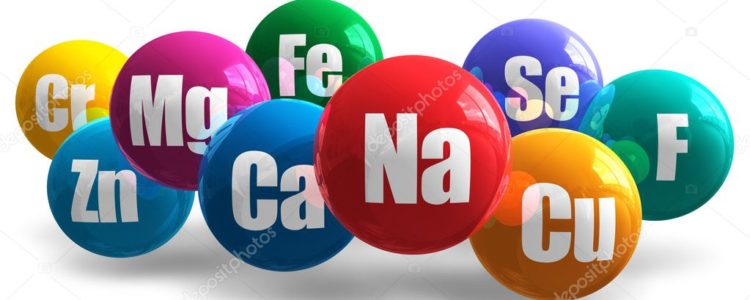An element is a chemical substance made up of a particular kind of atom and hence cannot be broken down or transformed by a chemical reaction into a different element, though it can be transmuted into another element through a nuclear reaction. This is so, because all of the atoms in a sample of an element have the same number of protons, though they may be different isotopes, with differing numbers of neutrons.
As of 2012, there are 118 known elements, about 80 of which are stable – that is, they do not change by radioactive decay into other elements. Some elements can occur as more than a single chemical substance (allotropes). For instance, oxygen exists as both diatomic oxygen (O2) and ozone (O3). The majority of elements are classified as metals. These are elements with a characteristic lustre such as iron, copper, and gold. Metals typically conduct electricity and heat well, and they are malleable and ductile.[11] Around a dozen elements,[12] such as carbon, nitrogen, and oxygen, are classified as non-metals. Non-metals lack the metallic properties described above, they also have a high electronegativity and a tendency to form negative ions. Certain elements such as silicon sometimes resemble metals and sometimes resemble non-metals, and are known as metalloids.
